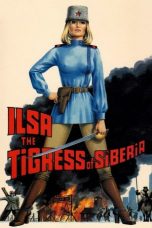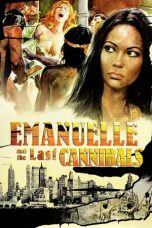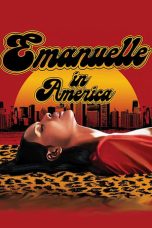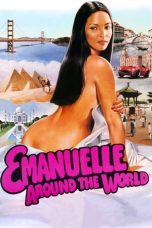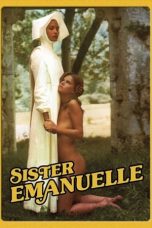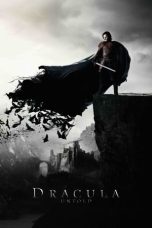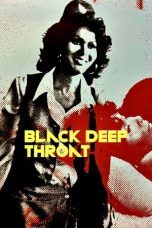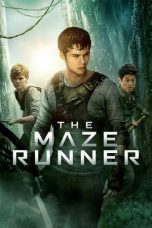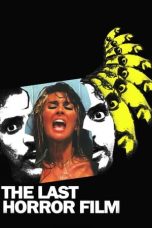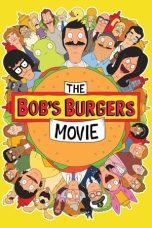- Source: Sleeping Dogs (1977 film)
- Film dalam tahun 1977
- Sam Neill
- Roger Donaldson
- Daftar film Walt Disney Pictures
- Ron Cobb
- Walt Disney Pictures
- Daftar film Amerika tahun 2005
- Geoff Stults
- Crass
- Hans Zimmer
- Sleeping Dogs (1977 film)
- Sleeping Dogs
- The Pack (1977 film)
- List of fictional dogs in live-action film
- Roger Donaldson
- Ian Watkin
- List of individual dogs
- Warren Oates
- Abhijeet Bhattacharya
- Russell Crowe filmography
The Spy Who Loved Me (1977)
House (1977)
Star Wars (1977)
Maze Runner: The Scorch Trials (2015)
T-34 (2018)
No More Posts Available.
No more pages to load.
Sleeping Dogs is a 1977 New Zealand action thriller film directed by Roger Donaldson. It is based on the book Smith's Dream by C.K. Stead, and is notable for being the first feature-length 35 mm film produced entirely in New Zealand. The film stars Sam Neill, Clyde Scott, and Warren Oates. It was a major success critically and commercially, and launched the career of Sam Neill.
A political thriller with action film elements, it follows the lead man alone character "Smith" (Neill) as New Zealand plunges into a police state as a fascist government institutes martial law after industrial disputes flare into violence. Smith gets caught between the special police and a growing resistance movement, and reluctantly becomes involved. Often named one of the best New Zealand films of all time, it is considered a classic and a landmark in the new wave of New Zealand cinema that flourished in the 1970s and 80s.
Plot
Following the break-up of his marriage caused by his wife's affair with another man named Bullen, Smith arranges to live on the Coromandel Peninsula on an island owned by a Māori tribe. Meanwhile, political tension escalates as an oil embargo leaves the country in an energy crisis. Tension boils over into a civil war and guerrilla activity. However, Smith and his dog enjoy peaceful island life, having little interaction with the rest of society.
Smith's idyllic life is shattered when a bomb explodes in a nearby town, and police arrive on his island to arrest him and search for illegal weapons. After they find a cache of explosives that Smith had been unaware of, he is taken to a police station, where he is imprisoned, interrogated, and tortured. The dog is last seen swimming after the boat in which Smith is being taken away. Smith recognises one policeman as a former schoolmate, Jesperson, who then takes over the interrogation. Jesperson reveals that the government regard Smith as a key leader of the guerillas and offers expulsion from New Zealand in return for a confession, or alternatively trial by a military tribunal with a likely death sentence.
During a prison transfer, Smith deliberately forces himself to vomit to confuse his captors, and escapes. He then flees the city, finding work at a small campground. Happy to be outside the civil war again, Smith blends in until a US Army unit arrives and takes over the campground. Smith clashes with Willoughby, the commander of the US forces, who suspects Smith of being a rebel sympathiser. The arrival of Bullen, who is now a senior leader of the underground guerrilla movement, complicates matters further. As the US forces capture and kill more rebels, Smith is unwillingly drawn into participating in an attack on the military unit by Bullen.
Fleeing the scene of the successful attack, Smith and Bullen are pursued by government forces and cornered in a nearby forest. After government forces surround the guerrillas and bomb their encampment, Smith and Bullen escape, only to be cornered by Jesperson and his elite squad. After Bullen is fatally wounded, Smith – wishing an end to what is happening – deliberately provokes Jesperson into shooting him.
Cast
Production
The scene in which Sam Neill ("Smith") escapes the police van and runs off into the crowded street was filmed without formal permission from the police. When Neill's stunt double ran from the van, an off-duty police officer tackled him, mistaking the stuntman for a real criminal attempting to escape custody. The stuntman had to point out the camera crew to get the officer to release him.
In the scene where Warren Oates steps out of his jeep and meets "Smith", he is actually holding a page of the script, fearing that he would forget the lines. Oates acted as if the paper were a list of directions to the motel.
The riot scenes in which police with batons and shields beat back protestors closely mirrored actions of police and protestors four years later during the 1981 South African national rugby team's – the Springboks' – tour in New Zealand, which sparked anti-apartheid protests.
RNZAF A-4 Skyhawks also featured in the film courtesy of the permission obtained through AVM Siegert.
Reception
= Box office
=The film was the highest-grossing New Zealand film in New Zealand at the time with a gross of $450,000.
= Critical response
=Roger Ebert gave the film 3 out of 4 stars in his Chicago Sun-Times review: "Roger Donaldson's "Sleeping Dogs," from New Zealand, is a very well made and acted movie... The movie resembles "Z" and "The Battle of Algiers" in the way it combines ideology with fiercely-paced action." The film also received a positive review from Janet Maslin in The New York Times: "Roger Donaldson's sharp, suspenseful direction does wonders for the material. What it lacks in originality, Sleeping Dogs makes up in intensity and conviction...Mr. Neill remains appealing and believable, even when the film takes its most improbable turns."
References
Further reading
Martin, H., and Edwards, S. (1997) New Zealand Film 1912–1996. Auckland: Oxford University Press. p. 64. ISBN 019 558336 1
External links
Sleeping Dogs at IMDb
Sleeping Dogs at Rotten Tomatoes
Sleeping Dogs (1977) at New Zealand Feature Film Database








